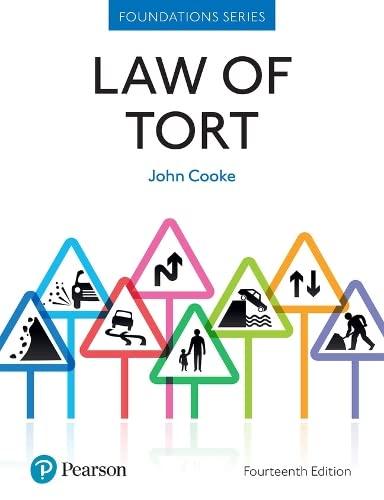Question
ffnews, the problem isn't fully solved. A refresher on the Collatz Conjecture: It's all about that function f(n), shown above, which takes even numbers and
ffnews, the problem isn't fully solved.
A refresher on the Collatz Conjecture: It's all about that function f(n), shown above, which takes even numbers and cuts them in half, while odd numbers get tripled and then added to 1. Take any natural number, apply f, then apply f again and again. You eventually land on 1, for every number we've ever checked. The Conjecture is that this is true for all natural numbers.
Tao's recent work is a near-solution to the Collatz Conjecture in some subtle ways. But his methods most likely can't be adapted to yield a complete solution to the problem, as he subsequently explained. So we might be working on it for decades longer.
The Conjecture is in the math discipline known as Dynamical Systems, or the study of situations that change over time in semi-predictable ways. It looks like a simple, innocuous question, but that's what makes it special. Why is such a basic question so hard to answer? It serves as a benchmark for our understanding; once we solve it, then we can proceed to much more complicated matters.
The study of dynamical systems could become more robust than anyone today could imagine. But we'll need to solve the Collatz Conjecture for the subject to flourish.
Step by Step Solution
There are 3 Steps involved in it
Step: 1

Get Instant Access to Expert-Tailored Solutions
See step-by-step solutions with expert insights and AI powered tools for academic success
Step: 2

Step: 3

Ace Your Homework with AI
Get the answers you need in no time with our AI-driven, step-by-step assistance
Get Started


